Home>Furniture & Design>Bathroom Accessories>How To Stop Water From Filling Toilet Bowl
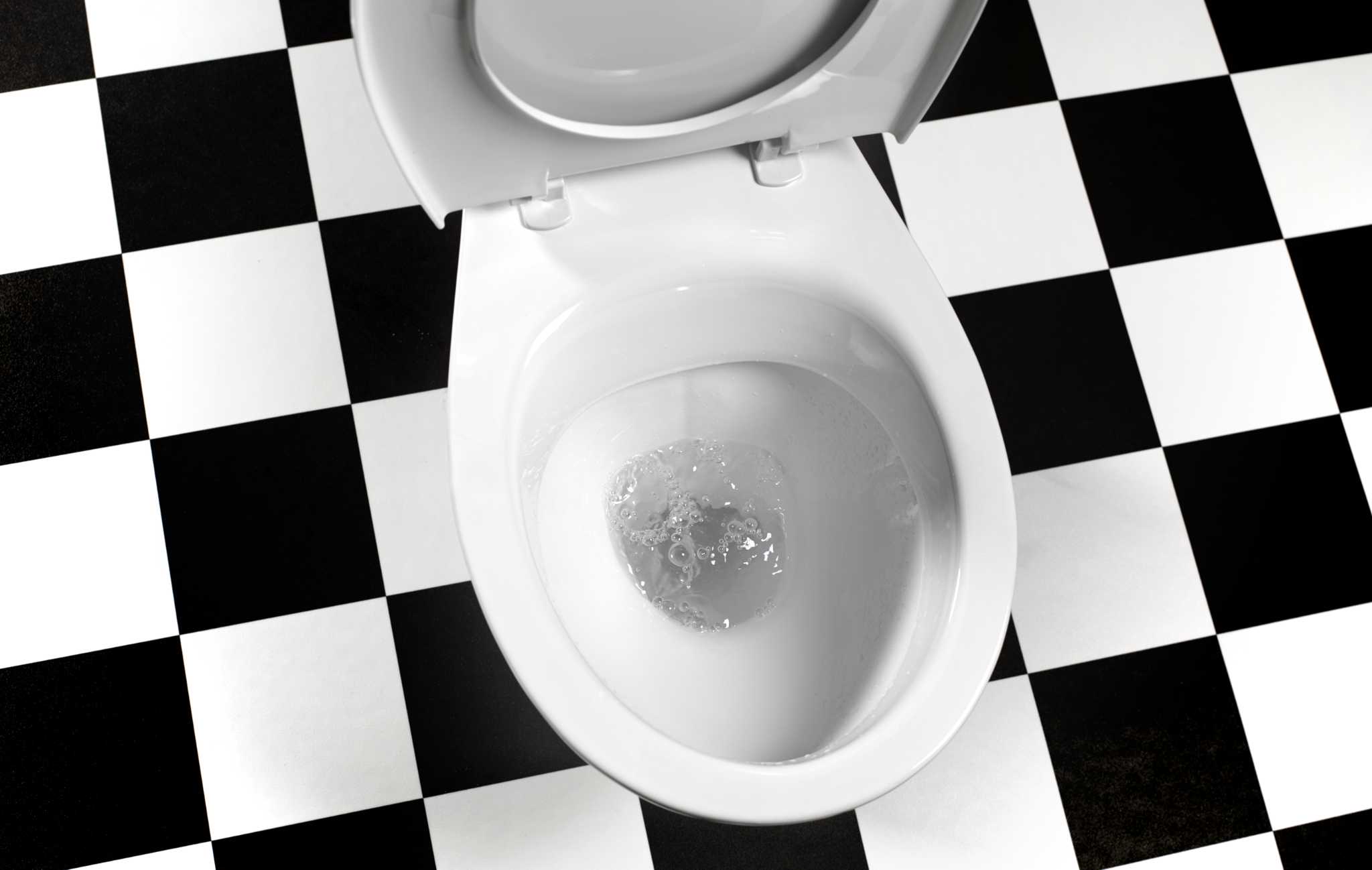

Bathroom Accessories
How To Stop Water From Filling Toilet Bowl
Modified: October 19, 2024
Learn effective ways to prevent water from filling your toilet bowl with the right bathroom accessories. Stop toilet bowl water issues today!
(Many of the links in this article redirect to a specific reviewed product. Your purchase of these products through affiliate links helps to generate commission for Storables.com, at no extra cost. Learn more)
Introduction
Dealing with a toilet that constantly fills with water can be an inconvenience and a source of frustration for many homeowners. The sound of water running continuously and the fear of potential water wastage can be unsettling. However, understanding the causes and implementing effective solutions can alleviate this issue and restore peace of mind.
In this comprehensive guide, we will explore the common reasons behind water filling the toilet bowl and provide practical steps to address this concern. Whether you are experiencing a minor inconvenience or a persistent problem, the following information will equip you with the knowledge and strategies to resolve the issue effectively.
Let's delve into the underlying causes and discover the steps to prevent water from continuously filling the toilet bowl. By gaining a deeper understanding of these mechanisms, you will be empowered to tackle this common household dilemma with confidence and efficiency.
Key Takeaways:
- Stop toilet bowl water filling by fixing flapper valve, adjusting water level, and addressing fill valve leaks. Regular maintenance and water-saving solutions promote a well-functioning toilet system.
- Understand and troubleshoot toilet bowl water filling issues with DIY steps, professional assessment, and quality replacement parts. Embrace proactive maintenance for a reliable toilet environment.
Read more: Toilet Bowl Fills With Water When Flushed
Understanding the Causes of Water Filling the Toilet Bowl
When faced with the persistent issue of water filling the toilet bowl, it is essential to comprehend the potential factors contributing to this occurrence. By gaining insight into the underlying causes, homeowners can effectively diagnose and address the problem. Here are the common reasons behind water filling the toilet bowl:
-
Faulty Flapper Valve: The flapper valve, located inside the toilet tank, is responsible for regulating the flow of water into the bowl. If the flapper is damaged or improperly seated, it can result in continuous water leakage, leading to the bowl filling beyond its normal level.
-
Water Level Adjustment: In some cases, the water level in the toilet tank may be set too high, causing excess water to spill into the bowl. This can occur due to incorrect adjustments or a faulty fill valve, leading to an overflow of water and constant refilling of the bowl.
-
Leaking Fill Valve: A leaking fill valve, also known as the ballcock or float valve, can contribute to the persistent filling of the toilet bowl. When the fill valve fails to shut off properly, it allows an excessive amount of water to enter the tank, leading to continuous overflow into the bowl.
-
Flushing Mechanism Malfunction: Issues with the flushing mechanism, such as a defective flush handle, chain, or flapper, can disrupt the normal flushing and refilling process. This malfunction can cause water to continuously flow into the bowl, resulting in an overfilled and constantly replenished water level.
-
Mineral Buildup and Blockages: Over time, mineral deposits and blockages can accumulate in the toilet tank and associated components, obstructing the proper flow of water. These obstructions can disrupt the flushing and refilling process, leading to irregular water levels in the bowl.
By understanding these potential causes of water filling the toilet bowl, homeowners can effectively troubleshoot and address the underlying issues. Identifying the specific factor contributing to the problem is the first step toward implementing targeted solutions to restore the proper functioning of the toilet system.
Steps to Stop Water from Filling the Toilet Bowl
1. Inspect and Adjust the Flapper Valve
Begin by inspecting the flapper valve in the toilet tank. If the flapper appears worn, damaged, or improperly seated, it may be allowing water to continuously leak into the bowl. To address this, turn off the water supply to the toilet, flush to empty the tank, and carefully examine the flapper. If necessary, clean any debris around the valve seat and ensure a proper seal when repositioning the flapper. If the flapper is beyond repair, consider replacing it with a compatible part to restore effective water regulation.
2. Check and Adjust the Water Level
Verify the water level in the toilet tank and make adjustments as needed to prevent overflow into the bowl. The water level should typically be set to reach the designated fill line marked inside the tank. If the water level exceeds this line, it may lead to continuous filling of the bowl. Adjust the float or fill valve to achieve the appropriate water level, ensuring that it does not surpass the recommended mark.
3. Address Fill Valve Leaks
Inspect the fill valve for any signs of leakage or malfunction. A leaking fill valve can contribute to the persistent filling of the toilet bowl. If leakage is detected, consider replacing the fill valve with a new, compatible unit to restore proper shut-off functionality. Ensure that the new fill valve is securely installed and calibrated to regulate the water flow effectively.
4. Verify Flushing Mechanism Functionality
Check the flushing mechanism components, including the flush handle, chain, and flapper, for any signs of wear or malfunction. A defective flushing mechanism can disrupt the normal flushing and refilling process, leading to continuous water flow into the bowl. If any components are found to be faulty, consider replacing or repairing them to restore the proper functioning of the flushing mechanism.
5. Clean and Remove Mineral Buildup
Address any mineral buildup or blockages within the toilet tank and associated components. Over time, mineral deposits can obstruct the flow of water, leading to irregular water levels in the bowl. Consider using a suitable cleaning solution to dissolve mineral deposits and remove any blockages that may be impeding the proper flow of water. Regular maintenance and cleaning can help prevent future buildup and ensure optimal toilet performance.
By following these steps, homeowners can effectively stop water from filling the toilet bowl and restore the proper functioning of the toilet system. Implementing targeted solutions based on the specific underlying causes will help alleviate the issue of continuous water filling, promoting a well-maintained and efficient toilet environment.
Additional Tips and Considerations
In addition to the specific steps outlined for addressing the issue of water filling the toilet bowl, there are additional tips and considerations that can further enhance the effectiveness of the troubleshooting process. These supplementary insights and practices aim to provide comprehensive support and preventive measures for maintaining a well-functioning toilet system.
-
Regular Maintenance Routine: Implementing a regular maintenance routine for the toilet can help prevent potential issues related to water filling the bowl. This includes periodic inspections of the flushing mechanism, fill valve, and flapper valve to identify any signs of wear, damage, or mineral buildup. By proactively addressing minor concerns, homeowners can mitigate the risk of more significant problems arising in the future.
-
Water-Saving Solutions: Consider incorporating water-saving solutions into the toilet system to promote efficient usage and reduce water wastage. Installing a dual-flush mechanism or a water-saving toilet fill valve can help regulate water consumption and minimize the likelihood of excessive filling in the bowl. These eco-friendly upgrades not only contribute to water conservation but also support sustainable household practices.
-
Professional Assessment: In cases where the issue persists despite DIY efforts, seeking a professional assessment from a qualified plumber or technician can provide valuable insights and solutions. A professional evaluation can identify underlying issues that may require specialized expertise or replacement of specific components. By engaging a professional, homeowners can gain peace of mind knowing that the problem is being addressed comprehensively.
-
Quality Replacement Parts: When replacing components such as the flapper valve, fill valve, or flushing mechanism, opt for high-quality, compatible replacement parts. Investing in durable and reliable components ensures long-term effectiveness and minimizes the likelihood of recurrent issues. Selecting reputable brands and consulting with experts can guide homeowners in choosing the most suitable replacement parts for their toilet system.
-
Educational Resources: Take advantage of educational resources and guides provided by reputable plumbing associations and manufacturers. These resources offer valuable insights into troubleshooting common toilet issues, including water filling the bowl, and provide step-by-step instructions for maintenance and repairs. By staying informed and leveraging expert guidance, homeowners can navigate the resolution process with confidence.
-
Consistent Monitoring: After implementing the necessary adjustments and repairs, consistently monitor the toilet system to ensure that the issue of water filling the bowl has been effectively resolved. Regular checks on the water level, flushing performance, and overall functionality can help detect any recurring concerns and prompt timely intervention if needed.
By incorporating these additional tips and considerations into the maintenance and troubleshooting process, homeowners can proactively address the issue of water filling the toilet bowl and promote the long-term efficiency and reliability of their toilet system. Embracing a proactive and informed approach to maintenance empowers homeowners to uphold a well-maintained and functional toilet environment, contributing to overall household comfort and convenience.
Read more: How To Remove Water From A Toilet Bowl
Conclusion
In conclusion, addressing the issue of water filling the toilet bowl requires a comprehensive understanding of the potential causes and the implementation of targeted solutions. By recognizing the common factors contributing to continuous water filling, homeowners can effectively diagnose and resolve the problem, restoring the proper functioning of the toilet system. From inspecting and adjusting the flapper valve to addressing fill valve leaks and mineral buildup, the troubleshooting process encompasses a range of practical steps aimed at mitigating the issue.
It is essential for homeowners to approach the maintenance and repair of their toilet system with a proactive mindset, incorporating regular inspections, preventive measures, and the utilization of water-saving solutions. By embracing these practices, individuals can promote sustainable water usage, minimize the risk of recurrent issues, and uphold a well-maintained and efficient toilet environment.
Furthermore, the incorporation of additional tips and considerations, such as engaging professional assessments when needed and investing in quality replacement parts, enhances the overall effectiveness of the maintenance process. By leveraging educational resources and consistently monitoring the toilet system, homeowners can navigate the resolution of water filling concerns with confidence and informed decision-making.
Ultimately, by implementing the insights and strategies outlined in this guide, homeowners can overcome the inconvenience of water continuously filling the toilet bowl, promoting a functional and reliable toilet system within their household. The proactive approach to maintenance and troubleshooting not only addresses immediate concerns but also contributes to long-term efficiency, water conservation, and overall household comfort.
With a deeper understanding of the underlying causes and the practical steps to mitigate the issue, homeowners are empowered to maintain a well-functioning toilet system, fostering a sense of confidence and peace of mind in their daily routines. By embracing these principles and practices, individuals can navigate the resolution of water filling concerns with efficiency and effectiveness, ensuring a harmonious and well-maintained household environment.
Frequently Asked Questions about How To Stop Water From Filling Toilet Bowl
Was this page helpful?
At Storables.com, we guarantee accurate and reliable information. Our content, validated by Expert Board Contributors, is crafted following stringent Editorial Policies. We're committed to providing you with well-researched, expert-backed insights for all your informational needs.
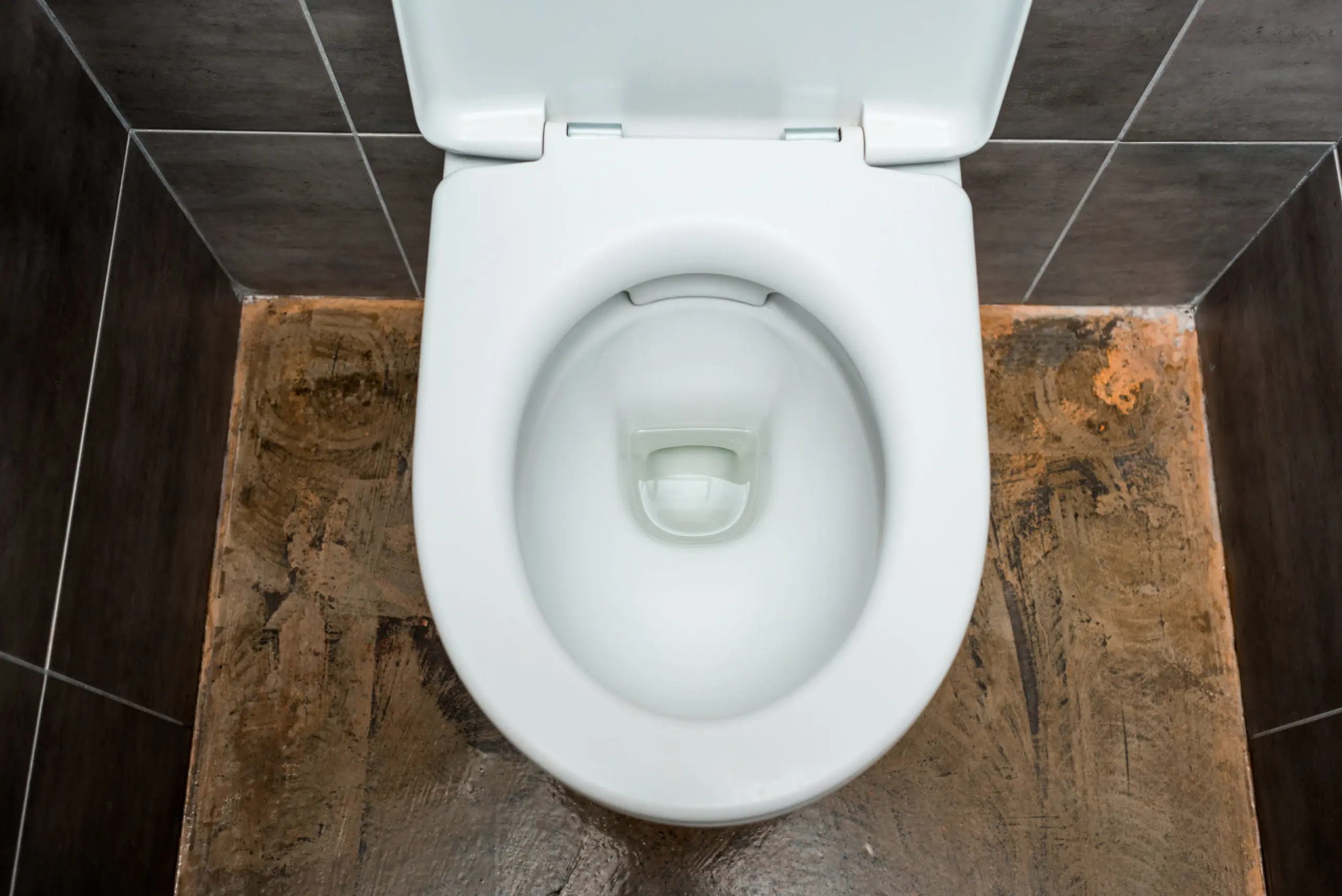
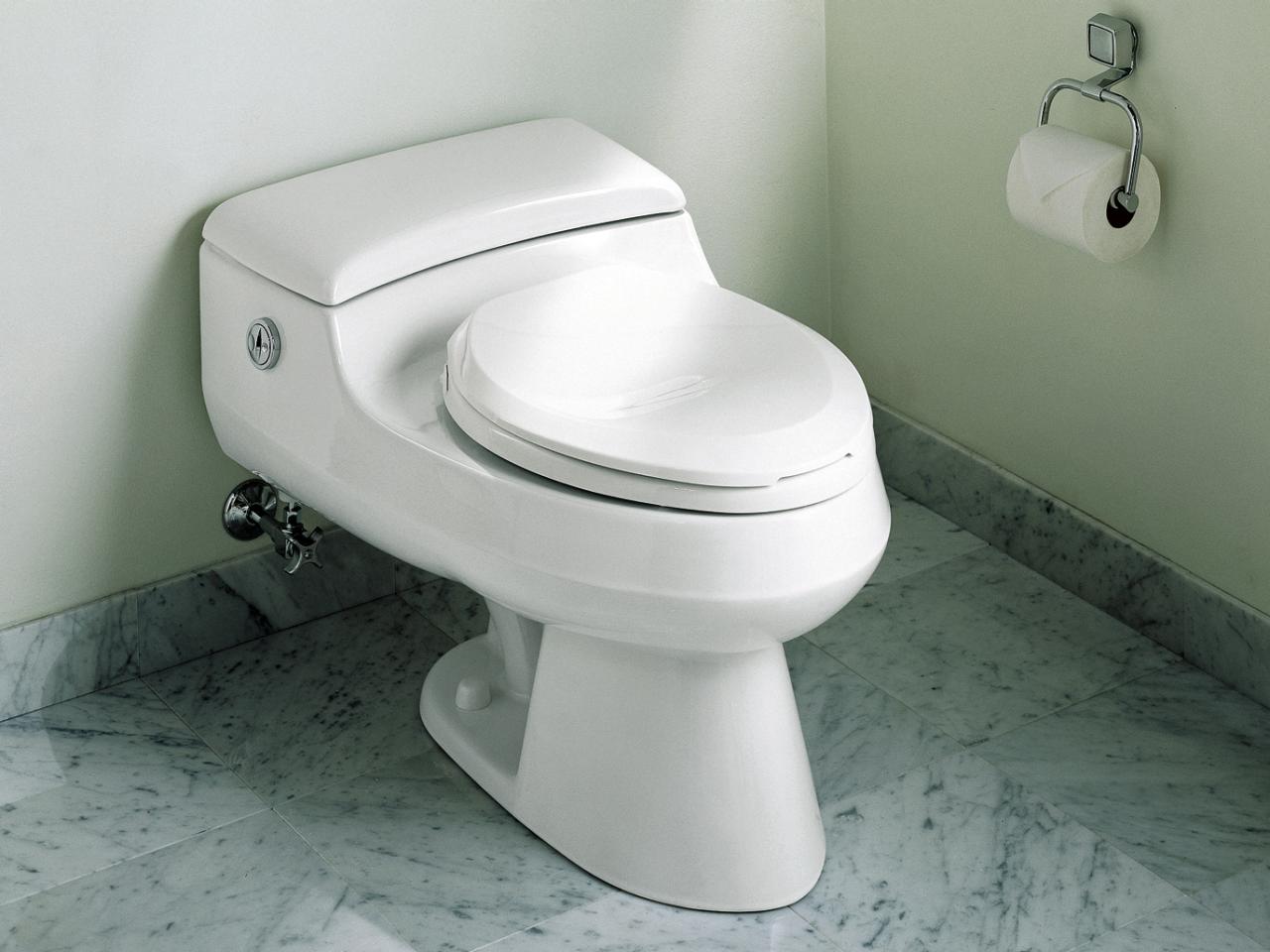
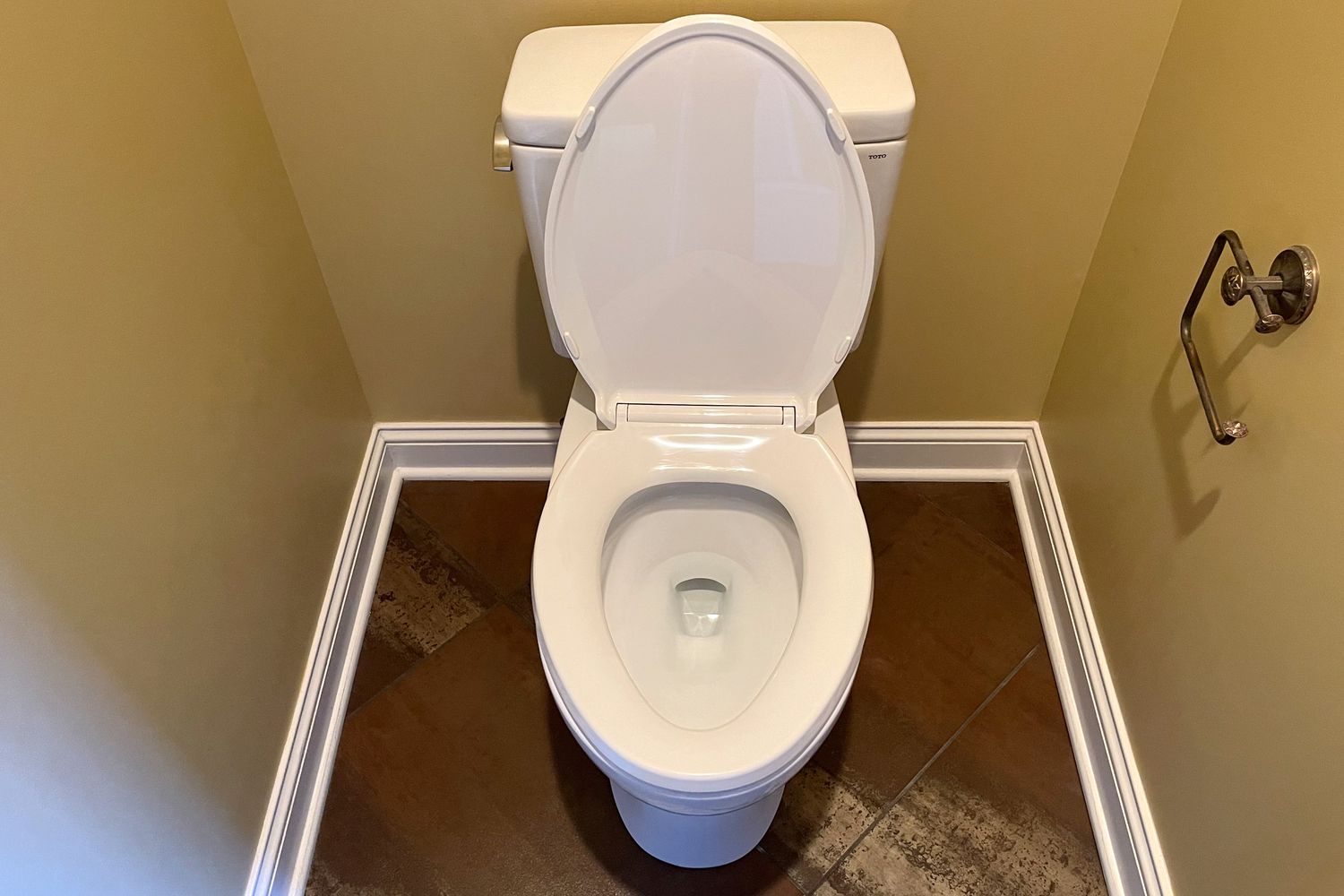
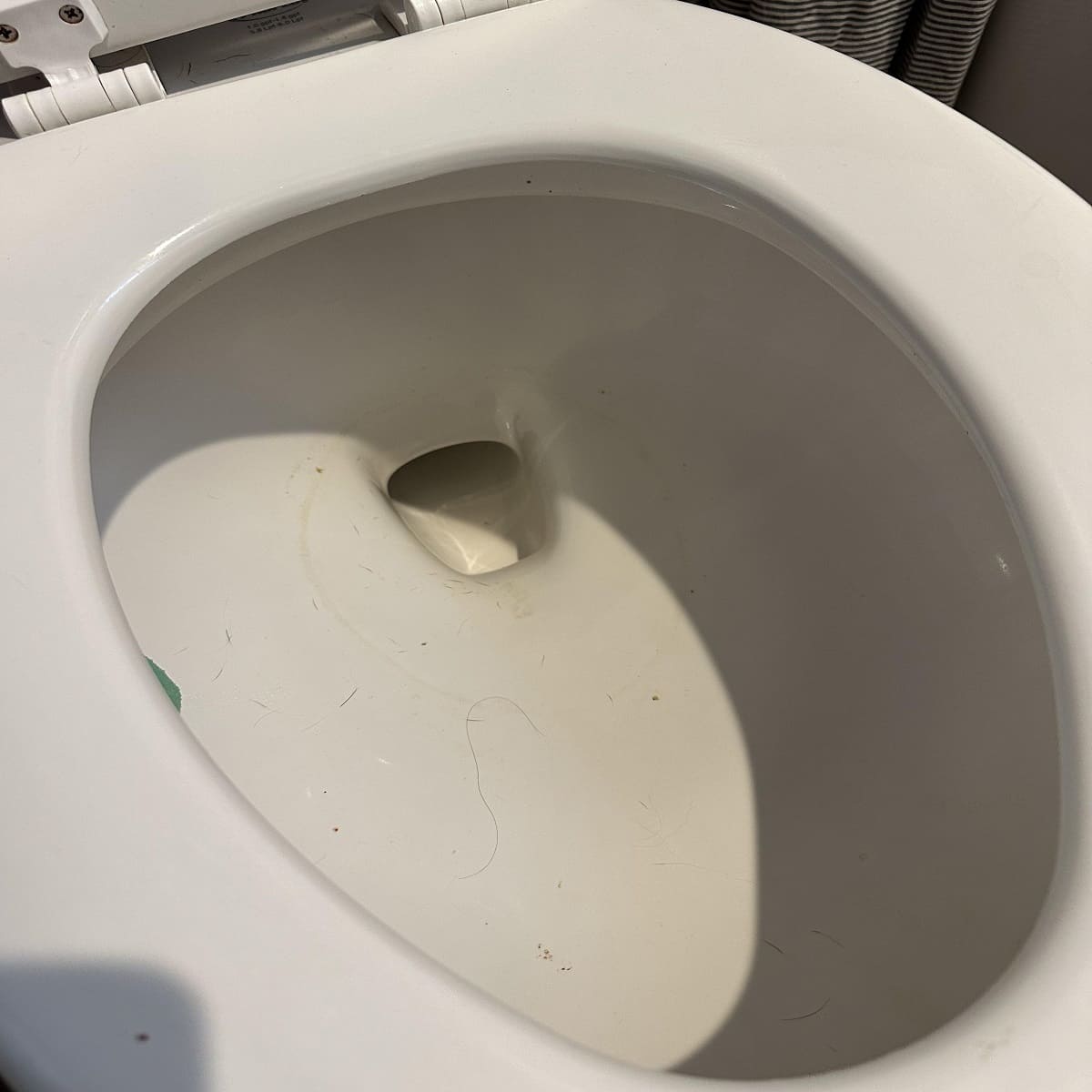
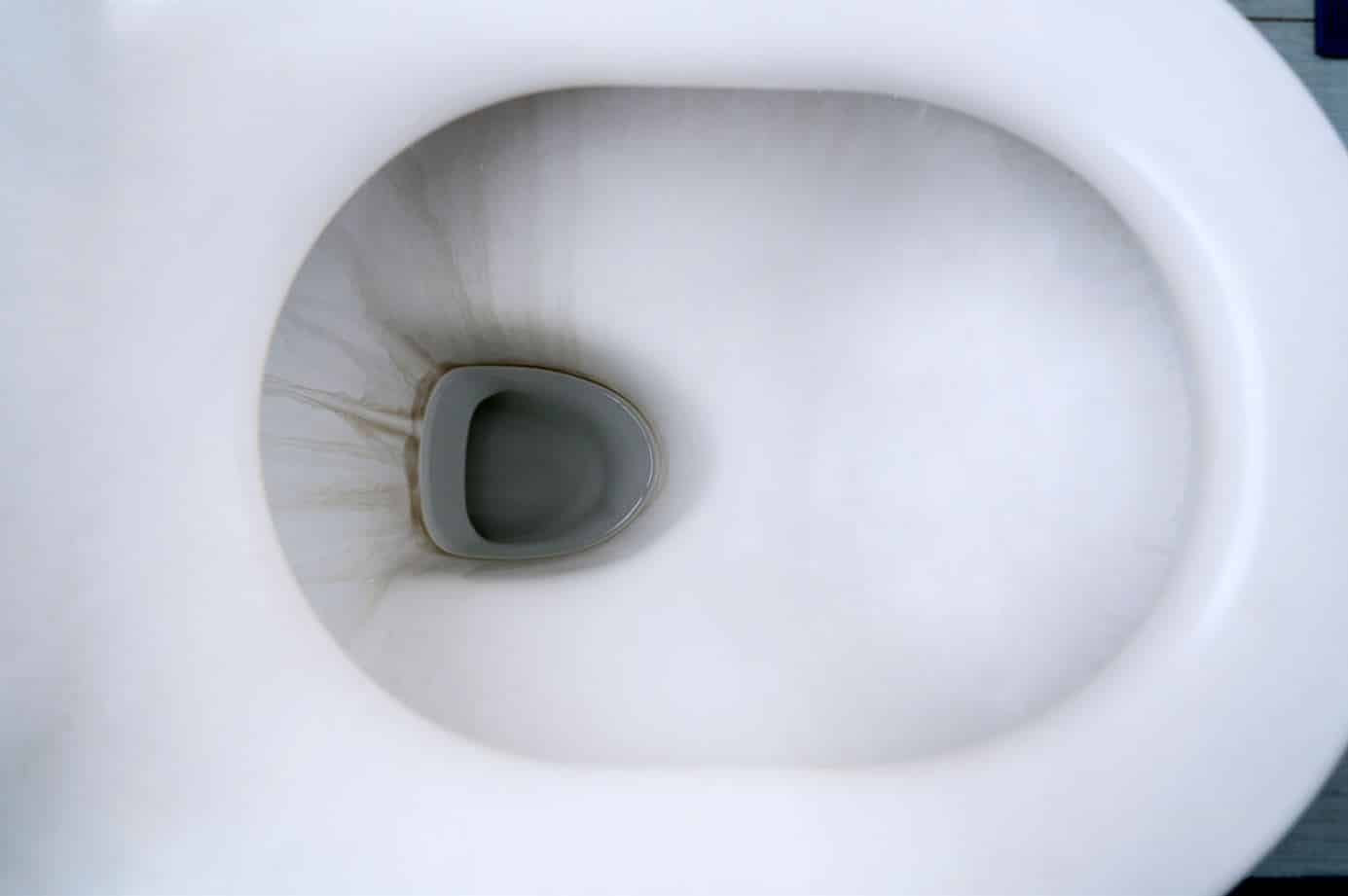
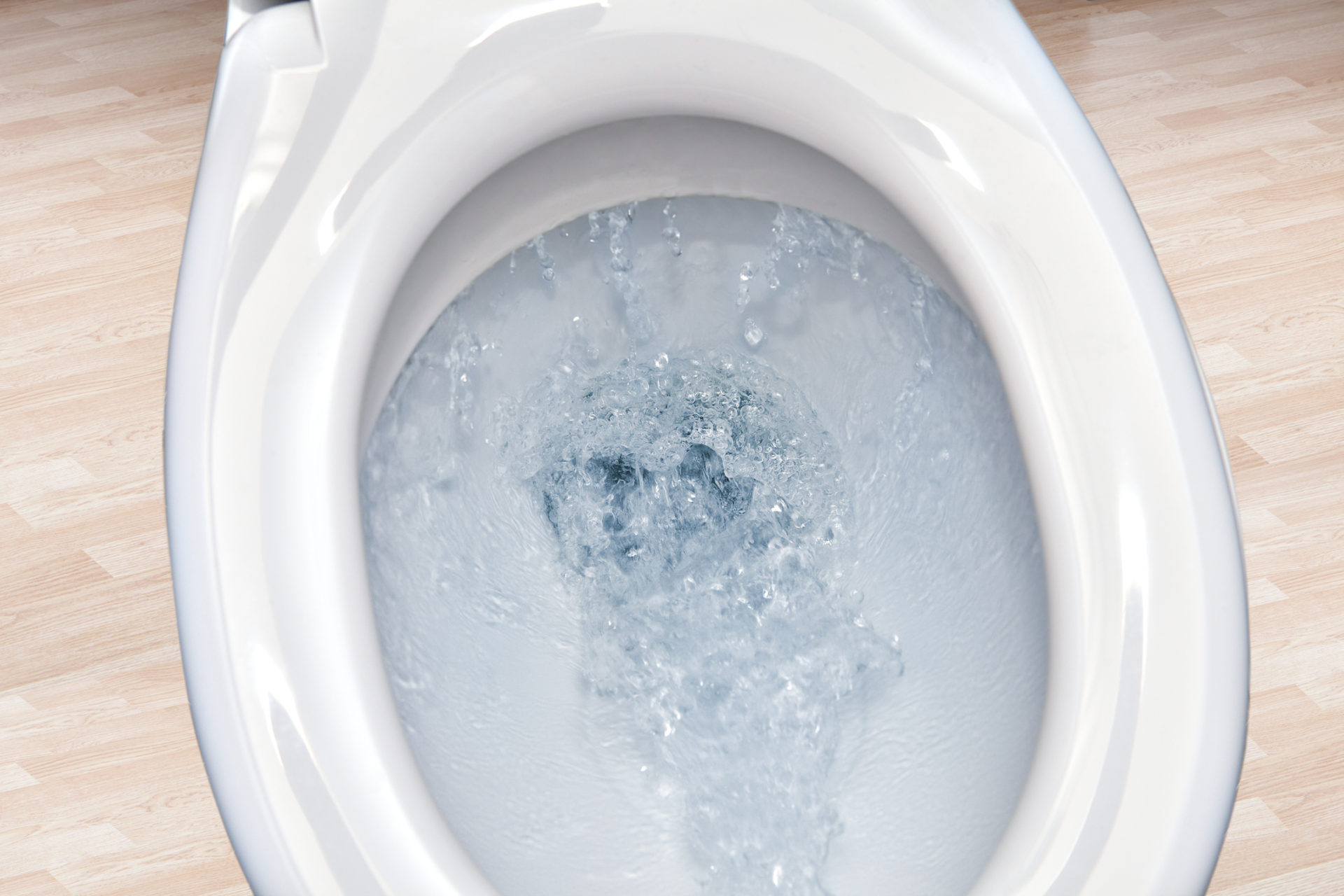
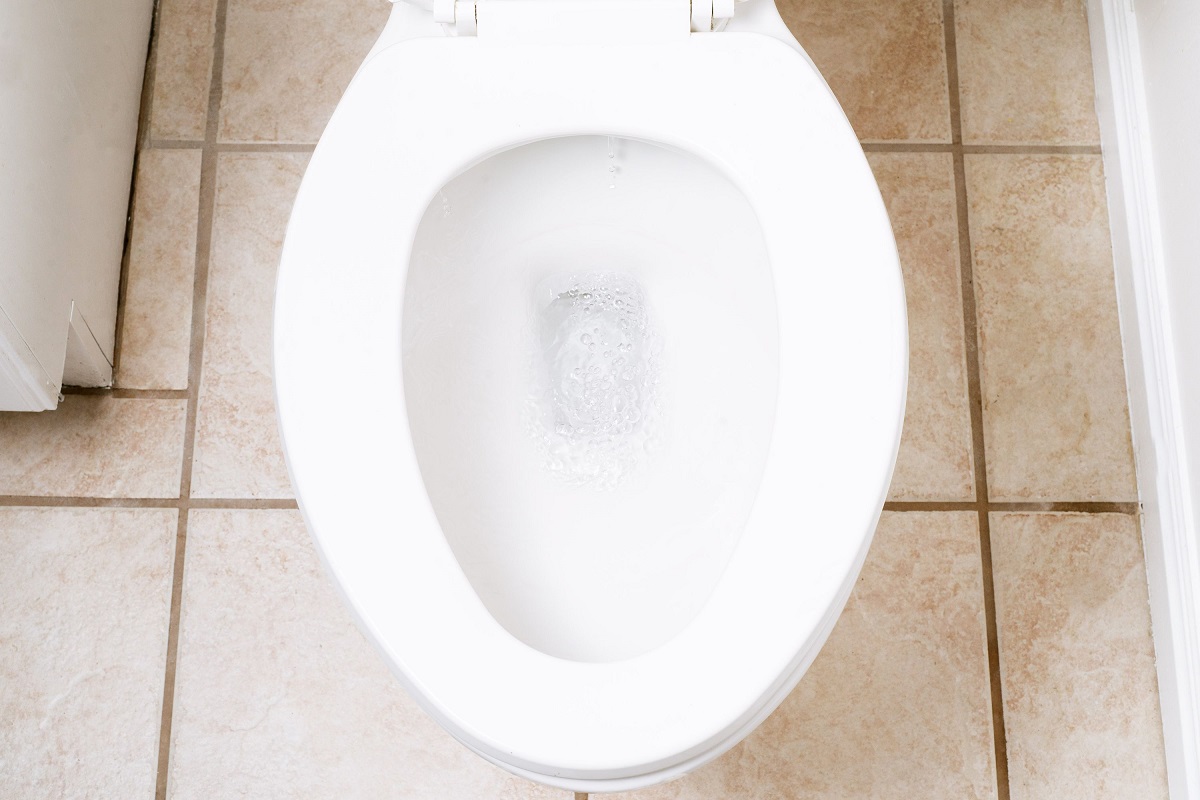
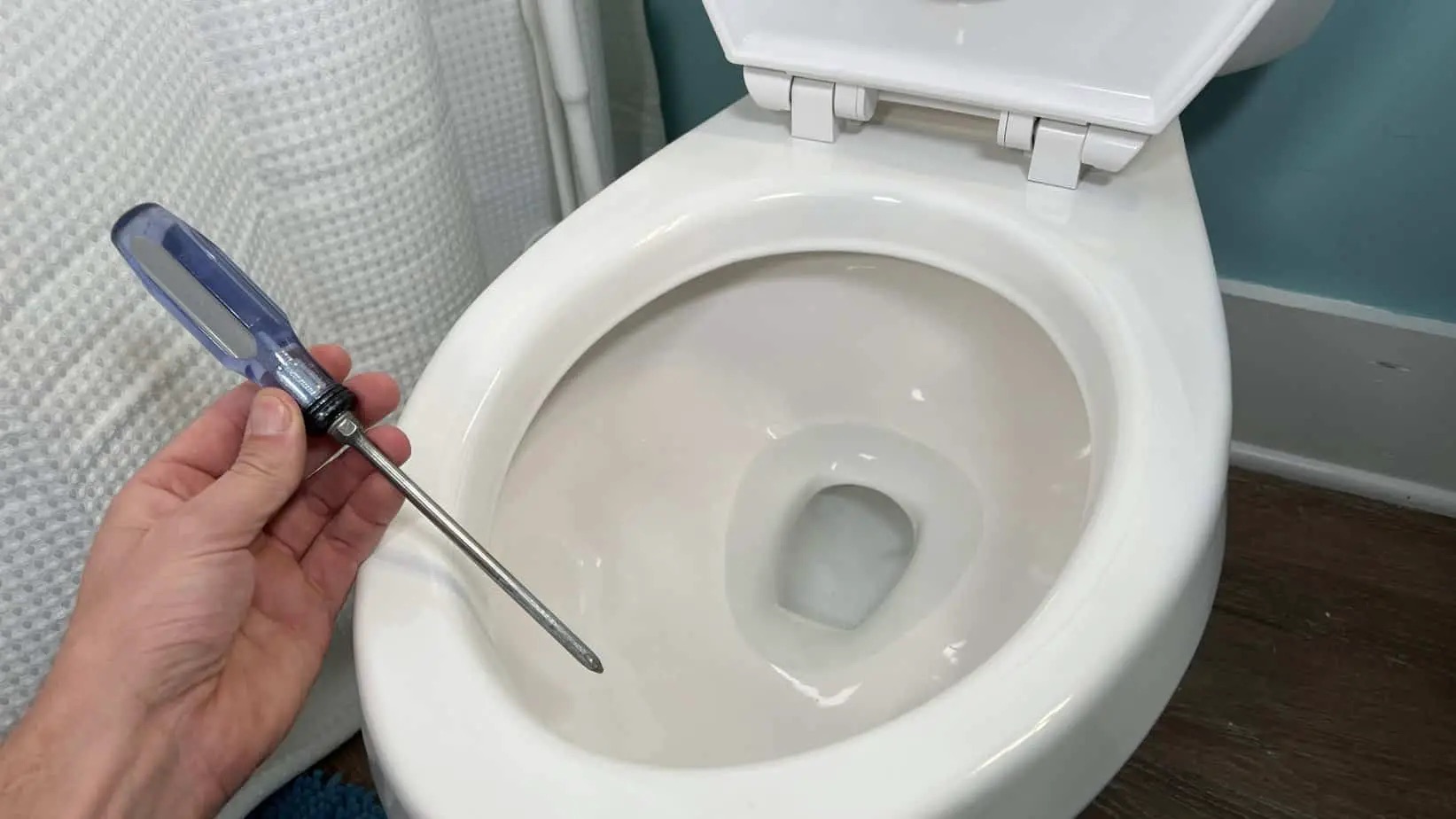
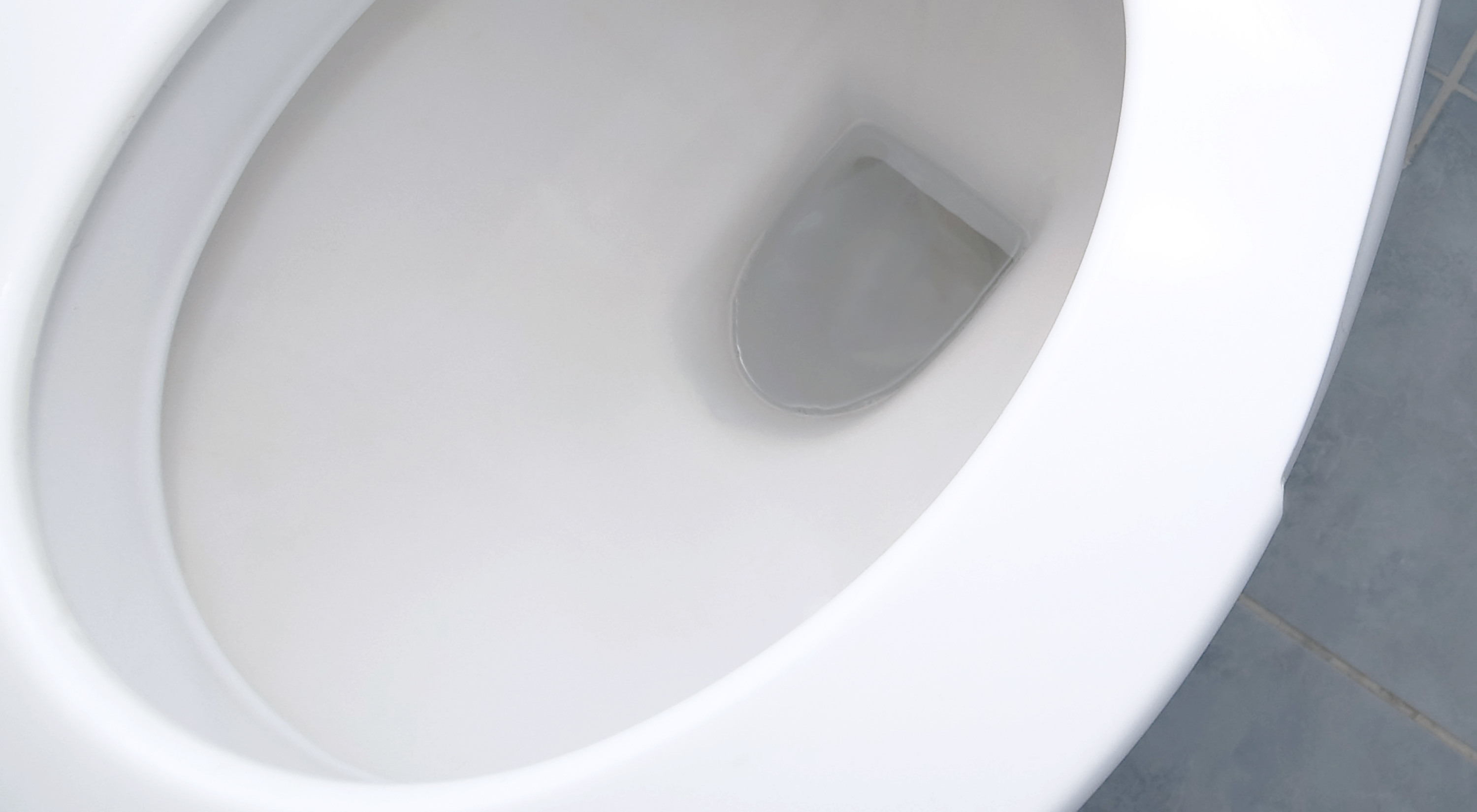
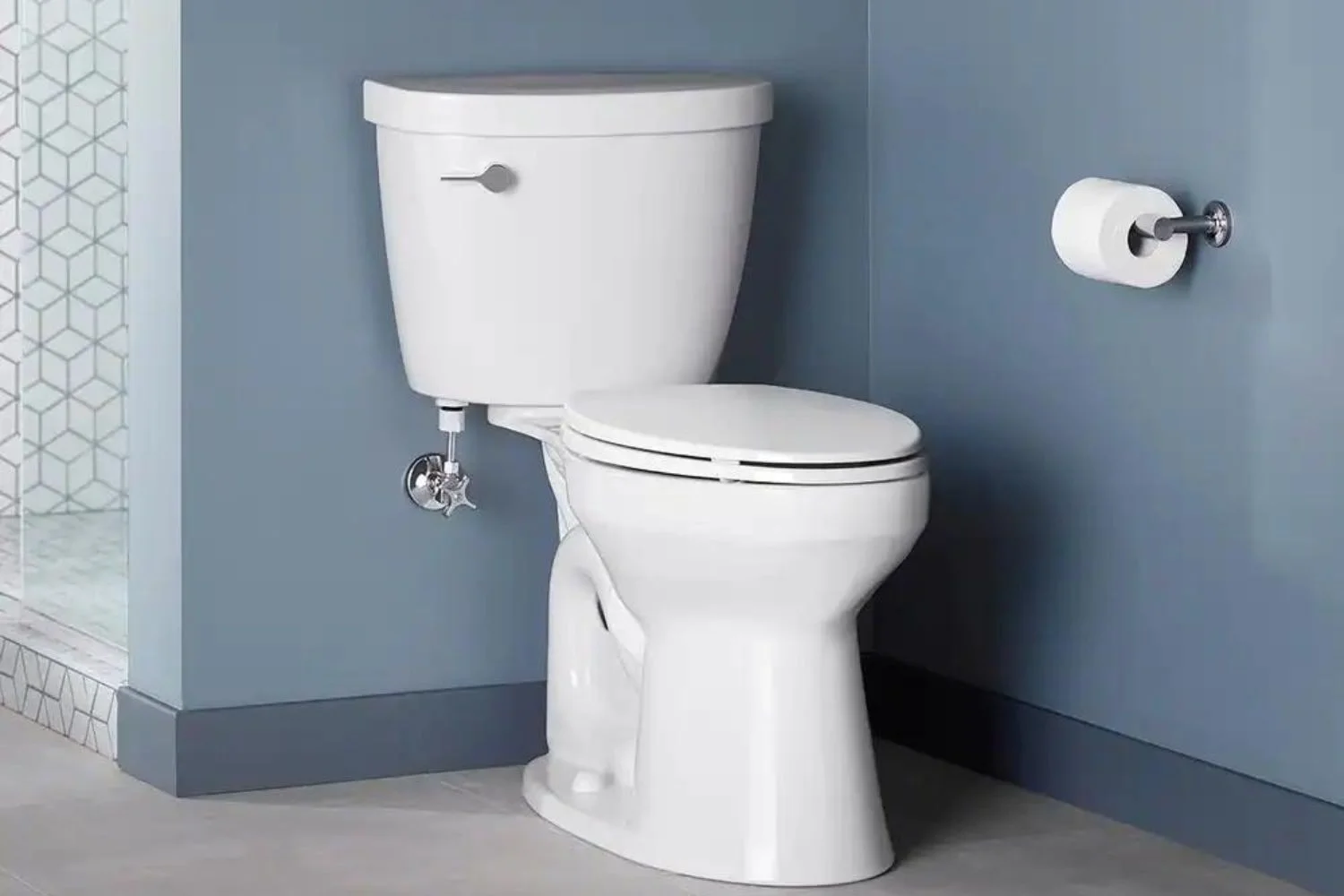
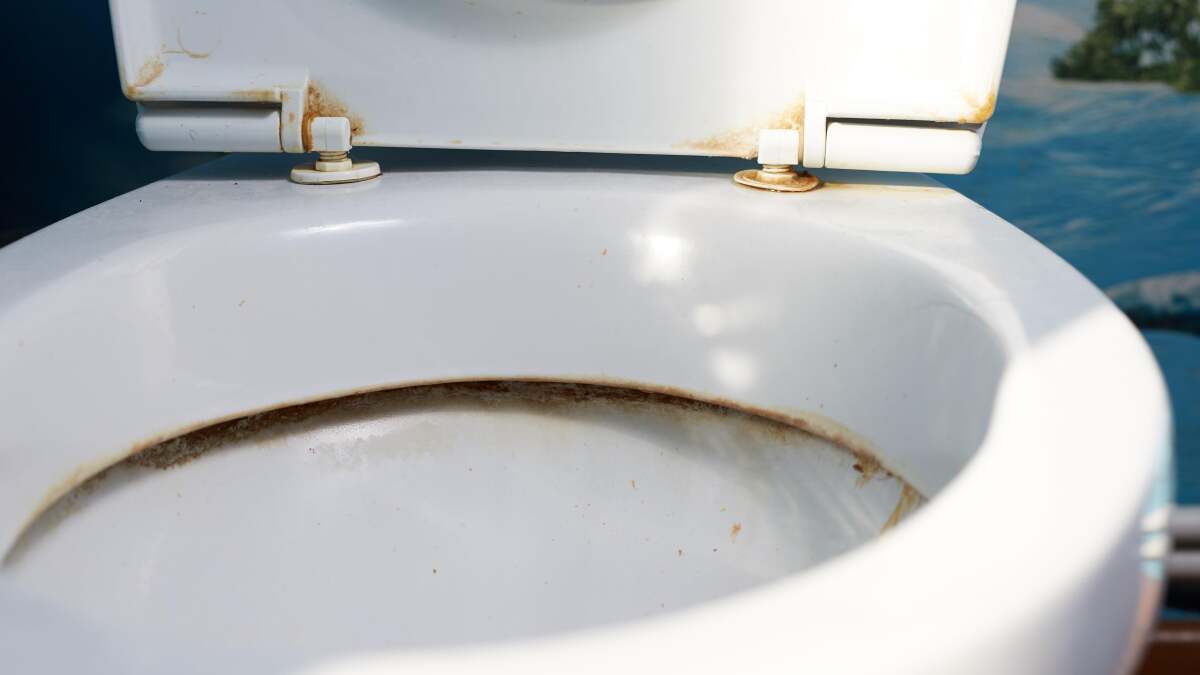
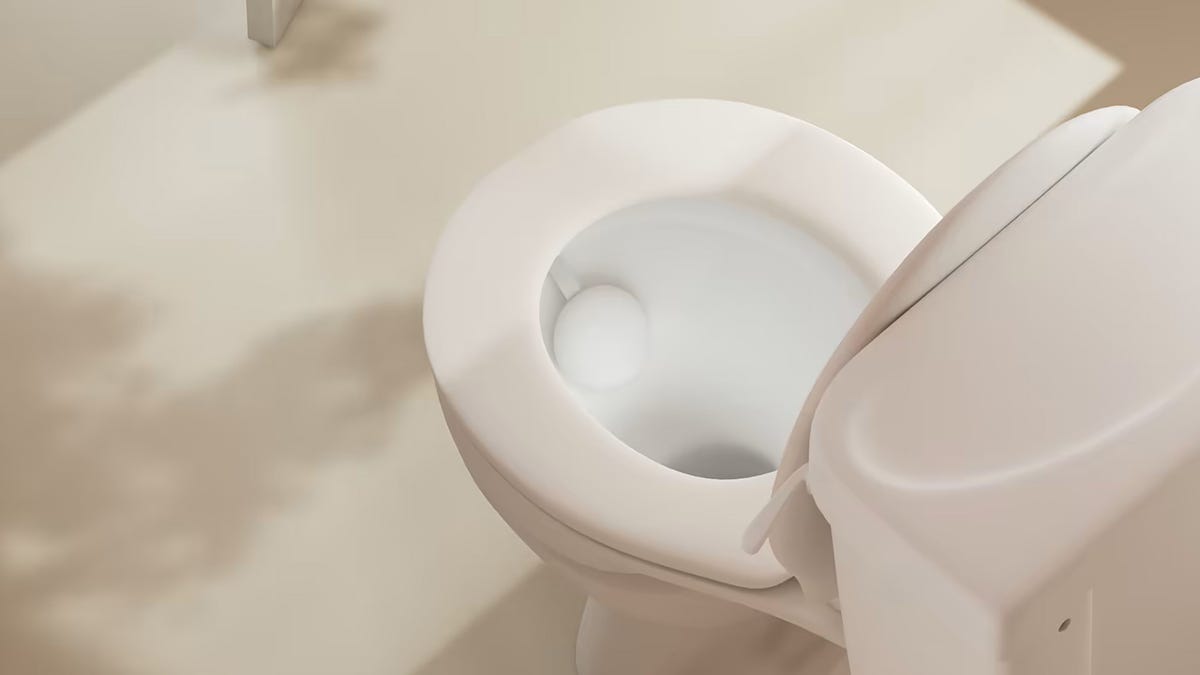
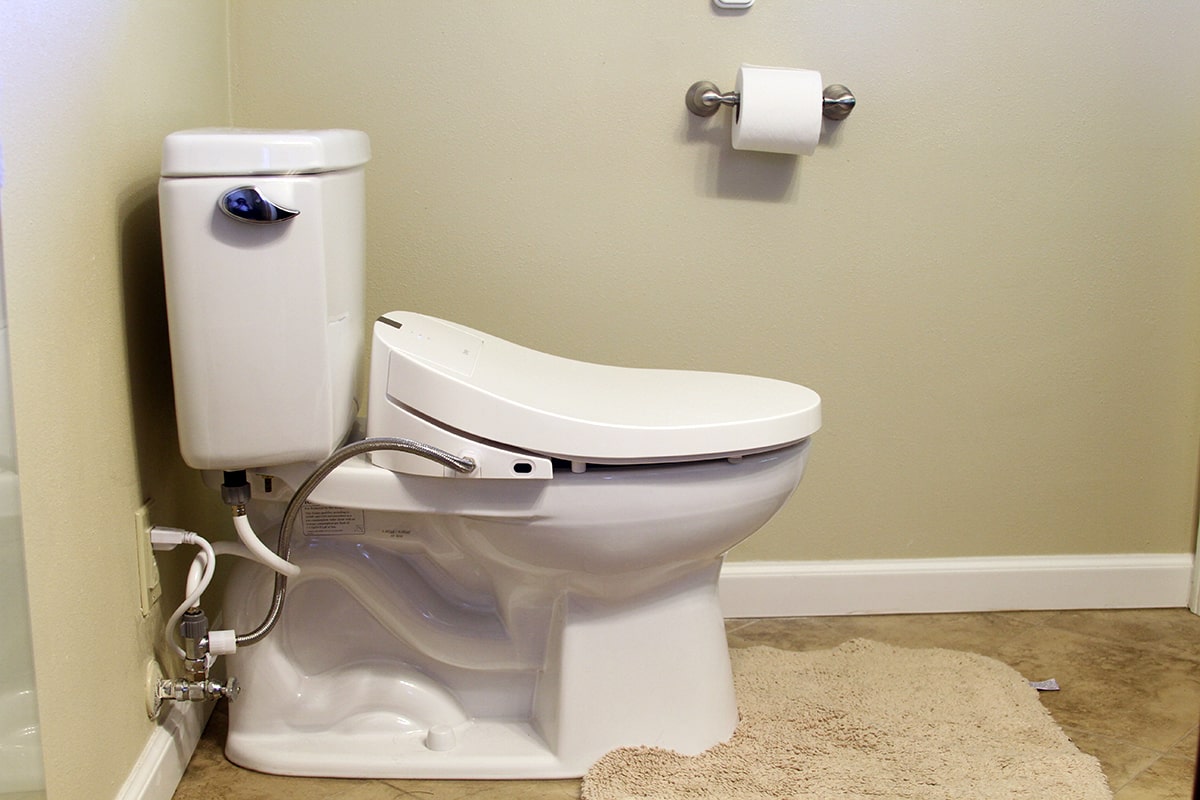

0 thoughts on “How To Stop Water From Filling Toilet Bowl”